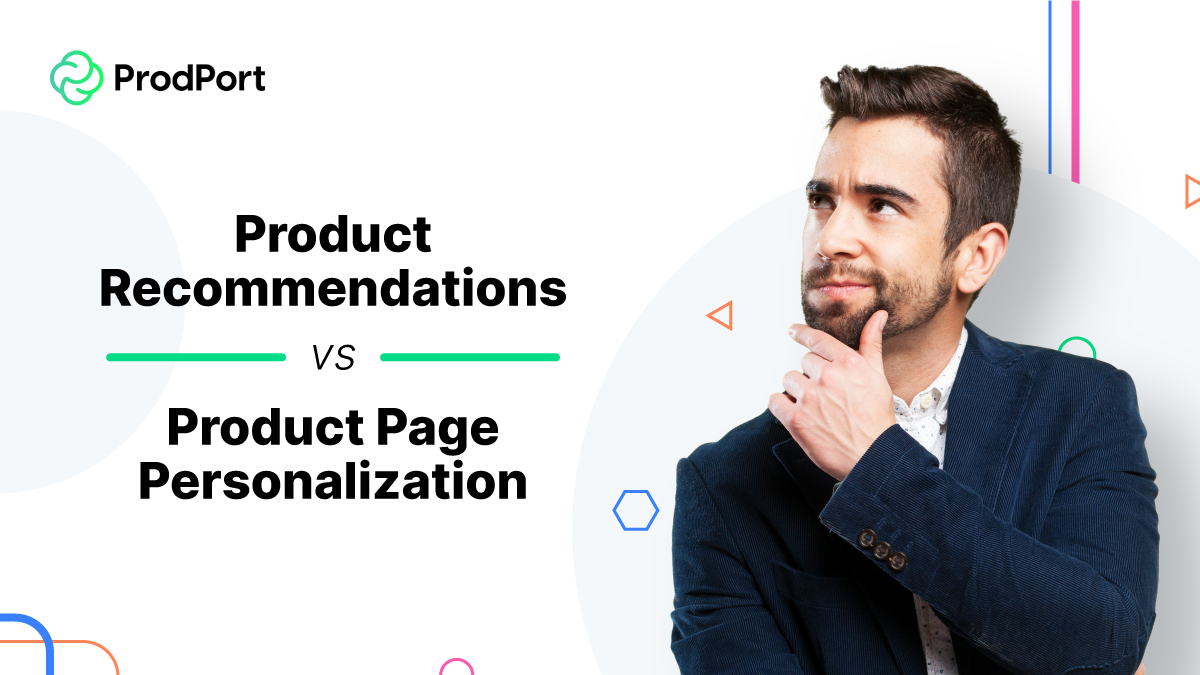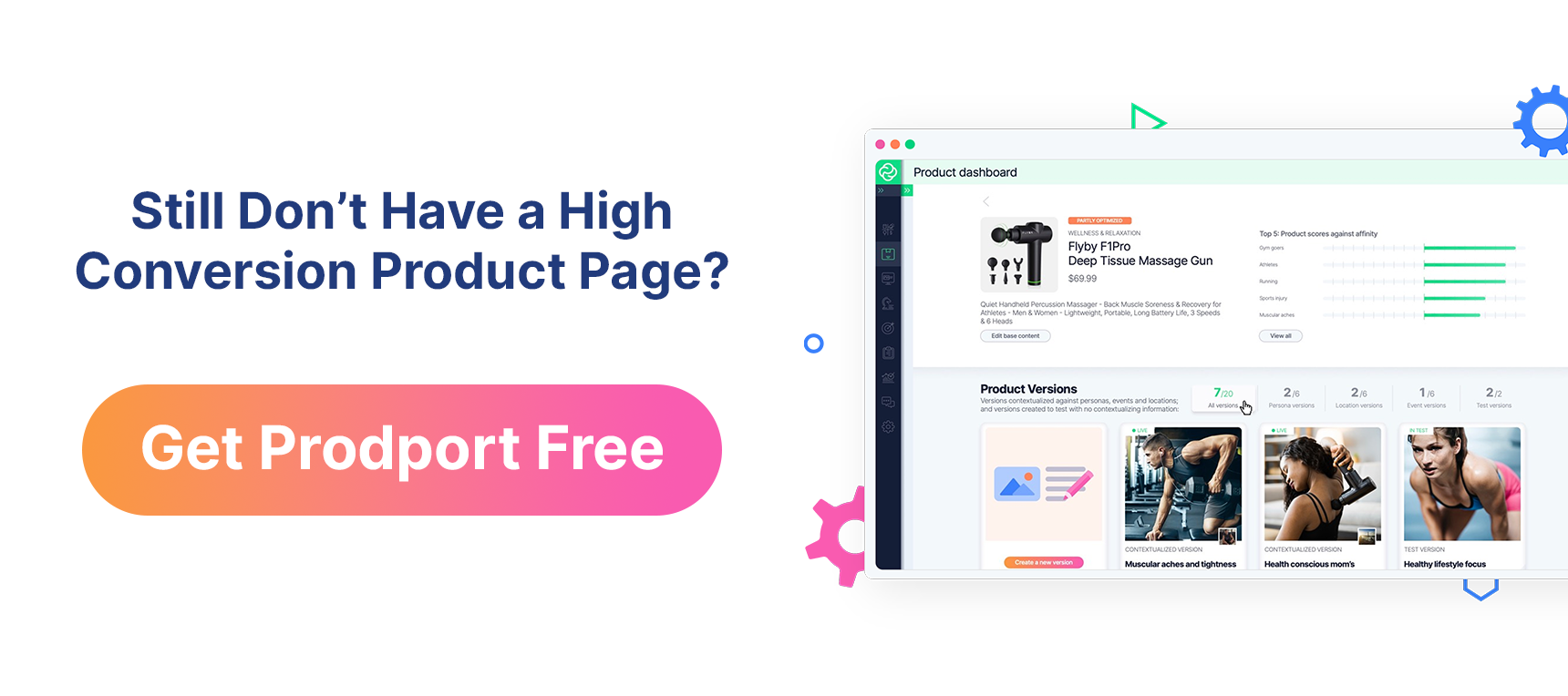As all eCommerce store owners, marketing managers, and business development executives will tell you, the future of online selling is in personalization. Personalization is the key to optimizing the entire online shopping experience and by extension, the buyer’s journey. That means you can drive sales and revenue higher even with less marketing effort and less ad spend just to convince potential buyers that your product is worth their time.
Unfortunately, at its current state, product personalization has not lived up to its true potential just yet. Right now, your only option is practically limited to product recommendations. That’s not necessarily a bad thing, but there’s obviously more room for improvement.
Limitations of Product Recommendations
Before we get into the specifics, let’s first go over what product recommendations actually are. You’ve probably already seen dozens (if not hundreds) of product recommendation apps and plug-ins on Shopify or other online stores and marketplaces. But what exactly do they do? From the customer’s point of view, these are those widgets displayed off to the side off the screen saying, “more products recommended for you”, “more products you may like.” Now, on the surface level, that sounds a lot like product personalization, right? Well, not exactly.
Product recommendations only give off a shallow sense of product personalization, but it’s actually more like product catalog personalization. Personalization only occurs skin-deep, so to speak, when in reality, a product recommendation app only helps the customer navigate to discover new products and navigate to a new product page much easier. It does little to help convert site visitors into actual buyers.
So, the question is—how do you pull off true product page personalization?
What Is True Product Page Personalization?
Do you know what separates actual product page personalization from mere product recommendations? It’s the experience you deliver via your product pages itself. Is your product page aptly optimized for the specific buyer that’s browsing your online store? Do you tailor a specific product’s title, display images, description, and highlighted features to them?
In the world of eCommerce, context is king. And anyone who fails to see that at this stage will soon be left behind. Here’s an example:
Say, your store sells fitness equipment. Technically, you have a wide range of audience from casual gym goers to hardcore CrossFit-ers. Now, you can go the generic route and set your product pages up to appeal to what you think makes up the majority of your target audience. But you’ll also be missing out on sales and conversions that fall outside of that category, meaning you’ll spend more on ad campaigns that specifically target every other segment.
The Ultimate Strategy: Product Recommendations + Contextualization
On its own, a product recommendation plug-in isn’t nearly as good as it could be. But when combined with proper contextualization, it becomes a rather efficient tool. Instead of playing a losing strategy, you turn it into a two-pronged approach—help the customer find the product that fits their preferences via recommendations, and then contextualize the content around that product to help them further along the buyers’ journey.

